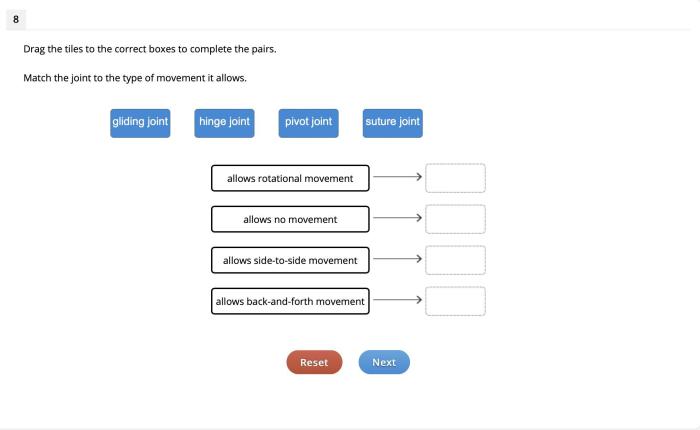Match each vessel with its location in the kidney – Embarking on a journey into the depths of the renal system, we present an in-depth exploration of the intricate network of vessels that play a crucial role in maintaining the delicate balance of the kidneys. Delving into the precise location of each vessel within the kidney’s intricate architecture, this article unravels the functional significance of these vital structures, providing a comprehensive understanding of their role in the kidney’s multifaceted processes.
From the renal pelvis, where urine initially collects, to the calyces, renal tubules, and collecting ducts, each component of the renal system is meticulously examined, revealing its unique contribution to the intricate process of urine formation and excretion. Furthermore, the renal pyramid, renal cortex, and renal medulla are explored, shedding light on their distinct roles in the kidney’s overall function.
Renal Pelvis

The renal pelvis is a funnel-shaped structure that collects urine from the calyces and transports it to the ureter. It is located at the superior end of the kidney and is surrounded by a layer of smooth muscle.
Function of the Renal Pelvis
- Collects urine from the calyces
- Transports urine to the ureter
- Provides a reservoir for urine storage
Calyces
Calyces are cup-shaped structures that collect urine from the renal tubules. They are located in the renal pelvis and are lined with transitional epithelium.
Function of the Calyces
- Collect urine from the renal tubules
- Transport urine to the renal pelvis
- Filter urine to remove impurities
Renal Tubules

Renal tubules are microscopic structures that filter waste products from the blood and produce urine. They are located in the renal cortex and renal medulla.
Function of the Renal Tubules
- Filter waste products from the blood
- Produce urine
- Reabsorb essential nutrients from the filtrate
Collecting Ducts
Collecting ducts are tubules that collect urine from the renal tubules and transport it to the renal pelvis. They are located in the renal medulla and are lined with transitional epithelium.
Function of the Collecting Ducts
- Collect urine from the renal tubules
- Transport urine to the renal pelvis
- Concentrate urine by reabsorbing water
Renal Pyramid
Renal pyramids are triangular-shaped structures that contain the renal tubules and collecting ducts. They are located in the renal medulla and are separated by renal columns.
Function of the Renal Pyramid
- Contains the renal tubules and collecting ducts
- Concentrates urine by reabsorbing water
- Produces a urine that is hypertonic to the blood
Renal Cortex

The renal cortex is the outer layer of the kidney. It contains the renal tubules, glomeruli, and Bowman’s capsules.
Function of the Renal Cortex
- Filters waste products from the blood
- Produces urine
- Reabsorbs essential nutrients from the filtrate
Renal Medulla: Match Each Vessel With Its Location In The Kidney
The renal medulla is the inner layer of the kidney. It contains the renal pyramids, collecting ducts, and loops of Henle.
Function of the Renal Medulla, Match each vessel with its location in the kidney
- Concentrates urine by reabsorbing water
- Produces a urine that is hypertonic to the blood
- Regulates the body’s water balance
Renal Hilum
The renal hilum is the point where the renal artery, renal vein, and ureter enter and exit the kidney.
Function of the Renal Hilum
- Provides a passageway for blood vessels and the ureter
- Protects the kidney from damage
- Contains nerves and lymphatic vessels
Renal Artery
The renal artery is a blood vessel that supplies the kidney with oxygen and nutrients.
Function of the Renal Artery
- Supplies the kidney with oxygen and nutrients
- Regulates the blood pressure in the kidney
- Filters waste products from the blood
Renal Vein
The renal vein is a blood vessel that drains blood from the kidney.
Function of the Renal Vein
- Drains blood from the kidney
- Returns blood to the heart
- Filters waste products from the blood
Frequently Asked Questions
What is the function of the renal pelvis?
The renal pelvis serves as a funnel-shaped reservoir that collects urine from the calyces and directs it towards the ureter for transport to the bladder.
Where are the calyces located?
The calyces are cup-shaped structures that extend from the renal pelvis and embrace the renal papillae, forming the minor calyces, which converge to form the major calyces.
What is the significance of the renal tubules?
The renal tubules are microscopic structures responsible for reabsorbing essential nutrients, ions, and water from the glomerular filtrate, modifying its composition and contributing to urine formation.